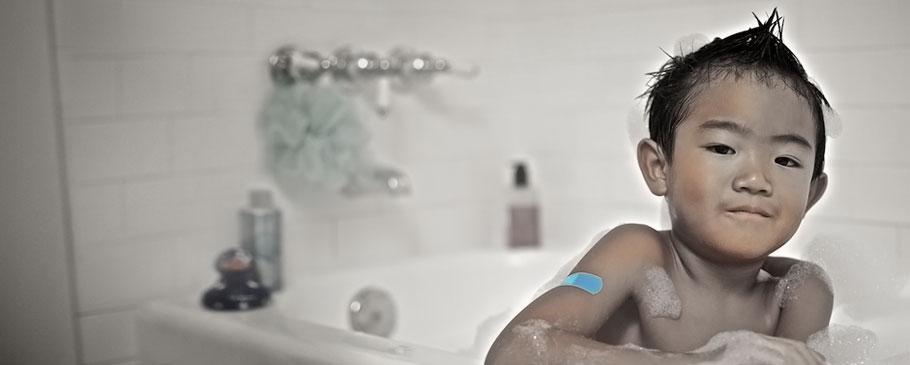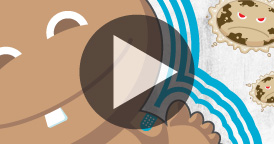Vaccine Types
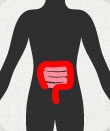
Rotavirus
What is it?
Rotavirus is the most common cause of diarrhea and vomiting in infants and young children. It is spread by eating contaminated food, touching contaminated surfaces or drinking contaminated water. Something as simple as not washing your hands well enough can spread rotavirus.
Why is it important?
By age 3 nearly every child in the world is exposed to rotavirus. Rotavirus is the most common cause of severe diarrhea in children. Nearly every child is at risk of infection, regardless of where he/she lives, his/her hygiene practices, or access to safe drinking water or sanitation. Rotavirus symptoms may last 3-8 days and can cause dehydration, which is especially dangerous for infants and young children. There is no drug to treat rotavirus infection.
Prior to the introduction of rotavirus vaccines in the U.S. in 2006, rotavirus resulted in the hospitalization of approximately 55,000 U.S. children each year. In developing countries, rotavirus leads to an estimated 450,000 deaths each year in children under five. Diarrhea diseases, like rotavirus, are the cause of death for about 1 in 5 children worldwide.
Progress
Studies show that countries that routinely immunize babies against rotavirus have drastically reduced the number of children hospitalized with the disease. In the United States, rotavirus hospitalizations have dropped 56 to 86 percent over three years since the vaccine was introduced in 2006. Mexico, Australia and El Salvador showed similar decline in hospitalizations following the vaccine's introduction.
In addition, the 2011 report displayed reduced rotavirus infection in older, unvaccinated children. This suggests that immunizing babies also helps to build community immunity and lower the overall spread of rotavirus.
Vaccine Recommendations
Rotavirus vaccine is an oral (swallowed) vaccine, not an injection. The vaccine requires 2-3 doses that are given by mouth at two months and four months of age. Another dose at 6 months of age may be needed depending on the brand of vaccine used. Rotavirus vaccine will not prevent diarrhea or vomiting caused by other germs, but it is effective at preventing diarrhea and vomiting caused by rotavirus.
Side Effects
Most babies who receive the rotavirus vaccine do not experience any serious side effects. Babies may be slightly more likely to be irritable, or to have mild, temporary diarrhea or vomiting after getting a dose of rotavirus vaccine than babies who did not get the vaccine.
Some earlier studies have shown a small increase in cases of intussusception within a week after the first dose of rotavirus vaccine (about 1 child in 100,000). Intussusception is a condition of the intestine in which one portion of the bowel slides into the next, much like the pieces of a telescope. However, a 2012 study of rotavirus vaccine and intussusception looked at nearly 800,000 vaccination outcomes, finding no significant increase in intussusceptions within one week or one month after vaccination.
Influenza
Influenza
Influenza (flu) is a highly contagious viral upper respiratory illness. Flu may be complicated by other risk factors, including pneumonia. [+] more
|
Hepatitis B
Hepatitis B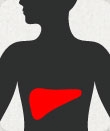
Hepatitis B virus (HBV) affects the liver and is primarily spread through blood and bodily fluids. Acute HBV infection can lead to chronic HBV and liver damage. [+] more
|
Polio
Polio
Poliomyselitis (polio) is an extremely contagious viral infection that affects the nerve cells of the brain stem and spinal cord and can lead to paralysis. [+] more
|
Diphtheria
Diphtheria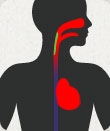
Diphtheria is a bacterial respiratory illness that causes a thick covering in the back of the throat, leading to breathing problems, paralysis, or heart failure. [+] more
|
Rotavirus
Rotavirus
Rotavirus is a viral infection of the digestive track, and is the most common cause of severe diarrhea and vomiting in infants and young children. [+] more
|
Pneumococcal
Pneumococcal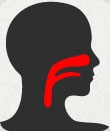
Pneumococcal bacteria live in noses and throats of people of all ages. Pneumococcus can infect the middle ear, sinuses, lungs, central nervous system and bloodstream. [+] more
|
Measles
Measles
Measles is a highly contagious viral respiratory infection that causes a total-body skin rash and flu-like symptoms. [+] more
|
Mumps
Mumps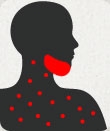
Mumps is a highly contagious viral infection that can affect many parts of the body. The hallmark sign of mumps is swelling of the salivary glands. [+] more
|
Rubella
Rubella
Rubella (German measles) is a contagious viral disease that can cause fever, rash, swollen glands and arthritis. Infection during pregnancy can lead to birth defects. [+] more
|
Tetanus
Tetanus
Tetanus (Lockjaw) is a bacterial infection that affects the nervous system and causes painful tightening of the muscles all over the body. It is spread through contact with contaminated surfaces. [+] more
|
Pertussis (Whooping Cough)
Pertussis (Whooping Cough)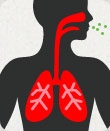
Pertussis (Whooping Cough) is a highly contagious bacterial respiratory disease. Pertussis causes violent coughing spells that make it hard to eat, drink or breathe, and is especially severe in young infants. [+] more
|
Chickenpox
Chickenpox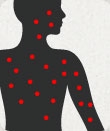
Varicella (Chickenpox) is a highly contagious viral infection characterized by a blistering rash that can cover the entire body. Complications include skin infections, pneumonia and brain swelling. [+] more
|
Hepatitis A
Hepatitis A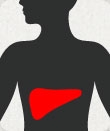
Hepatitis A (HAV) virus attacks the liver, and is spread through stool of an infected person by direct contact or by contaminated food or drink. [+] more
|
Meningococcal
Meningococcal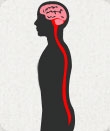
Meningococcal disease is a severe bacterial infection that causes inflammation of the membranes covering the brain and spinal cord (bacterial meningitis) and blood poisoning (septicemia), and requires immediate medical attention. [+] more
|
Hib
Hib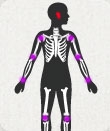
Haemophilus influenza type b (Hib) bacterium can infect a child’s skin, joints, bones and ears. Hib can lead to a variety of infections including pneumonia, bacteremia, and meningitis. [+] more
|
HPV
HPV
Human Papillomavirus (HPV) is the most common sexually transmitted virus in the United States. About 40 types of HPV can infect the genital areas of males and females. A few types can lead to cervical and other cancers. [+] more
|
